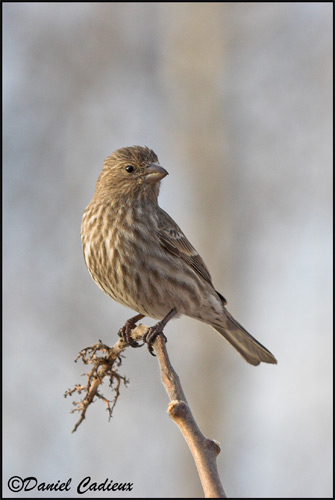For Trip Leaders
Suggestions for Trip Leaders
These suggestions arise from a Trip Leader forum held January 18, 2024.
Emergencies and Problems
We now have emergency contact information for most members.
If there is an emergency or if a trip participant is behaving inappropriately:
- Call 911 if necessary and then call a board member
- Board member will take the information from the hike leader, share the emergency with others on the board, fill out the incident report, and help to coordinate emergency things
Trip leaders should have emergency kit available in their car (or know of someone on the hike that has one). Red Cross provides a good list for this: https://www.redcross.ca/training-and-certification/first-aid-tips-and-resources/first-aid-tips/kit-contents
Co-leaders, aka Wranglers
All trips should have a co-leader to help with the event by helping the group stay together, answering questions, and helping find and identify birds. Nominate a person to help with your event (a co-leader/wrangler). You can set this up ahead of time or by asking someone on the hike if they would be willing to take on this role.
Co-leader/wrangler Duties and Benefits
A full co-leader can take over the hike in the event of illness or some other unexpected issue. Others can help by engaging with people at the back of the group, making sure people at the back keep up, help with logistics, ensure people know where the next stop is, and help with emergencies, etc.
Before the Trip
Contact Dave Milsom or Colleen Reilly to find out who is registered for the trip you are leading.
Check the website trip description before your trip to ensure you are delivering what was promised.
Things to Discuss at the Beginning of the Trip
Things to discuss at the beginning of the hike (start promptly; this will take 5-10 minutes and allow time for stragglers to arrive):
- Set the scene and expectations – talk about the day plan, mention washroom breaks and food breaks
- Drivers in particular need to know the plan of where the leader is going, show on Google maps or bring paper maps; this allows people to take a pit stop along the way and then catch up
- Nominate someone to enter eBird data (your co-leader or a trip participant – encourage them to collect usernames/emails and share the account with others
- Ask people to let you or the co-leader know if they are leaving
- Give out your phone number at start of hike if you are comfortable with this – that way people can call you if they are lost (assuming there is service).
- Let people know about other upcoming OFO events.
- Discuss anything you think you will do that might be controversial at start of hike and may include:
1. Pishing – discuss differences between pishing/squeaking/hooting and playback of songs – literature shows that alarm calls are a typical part of a bird’s day and have little impact on their activities and health.
2. Playback of songs – this can have an impact by changing hormone levels and behaviours for a couple of days so avoid playback as much as possible. An ethical approach is not to use playback for any ‘known’ individual birds and only use it for common species that would not experience playback again.
3. Looking for an owl roosting place – some people may not be comfortable with this so discuss if going to look for owls.
4. Laser pointers – if you use this, explain how you’re going to use it – point at a branch near the bird (follow up a trunk, point to the branch it’s on, don’t go near the bird).
5. Do not use methods if someone expresses opposition or discomfort. This may mean you see fewer birds but we need to be aware of divergent opinions.
During the Trip
For single isolated birds, try your best to get everyone onto it – use a scope if possible and set this up for the shortest person in the group – a co-leader or wrangler may be happy to carry the scope
For a flock of birds that respond to pishing it is necessary to keep pishing or they will quickly lose interest and move on – thus focus on pointing things out but not talking until the flock has passed – encourage everyone in the group to help each other in pointing things out – afterwards the group can look in a book or at an app and identify what they all saw and discusses ecology of anything interesting that was seen
If there are people who are compromised, let them know what the trail is like etc., but ultimately it’s their responsibility to make sure they can manage the hike. Do not dictate whether or not they can come along.
After the Trip
Send Dave Milsom a trip report and photos after the event. These go on the OFO website and Facebook page.
Trip Leader Reimbursement Form
Many people provide volunteer services to OFO; all of our Board members volunteer their time, as do all of our Trip Leaders. We very much appreciate that our volunteers are donating their time, energy, and sometimes, some financial expenses. That said, OFO is committed to decreasing barriers to involvement, and is aware that sometimes economic barriers might prevent potential Trip Leaders from contributing to our outings.
With this in mind, if you are a Trip Leader in a situation where you may not be able to lead your trip due to financial circumstances, we would ask that you complete this Trip Leader Reimbursement Form to request up to $50 Honorarium to help decrease this barrier.
Thank you so much for leading your outing, and we hope this helps those who truly need the assistance. Your contribution is very much appreciated.
Become a Trip Leader or Co-leader / Wrangler
OFO is always on the lookout for new trip leaders and co-leaders. Leading trips is a lot of fun! You do not need to be an expert to lead a successful trip. You should enjoy showing your favourite birding spots to others and helping others find and identify birds and other flora and fauna. Co-leaders assist the trip leader by ensuring that the group stays together, answering questions and serving as an extra set of eyes and ears. We also welcome photographers and people with knowledge of other facets of nature. If you are interested, please email Dave Milsom at fieldtrips@ofo.ca.
[WP]
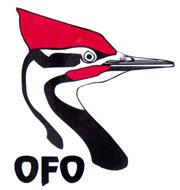

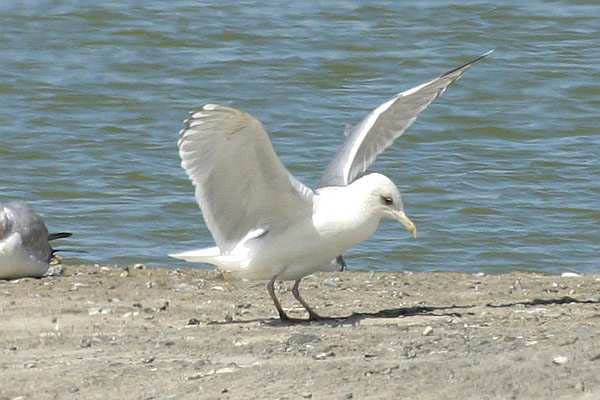
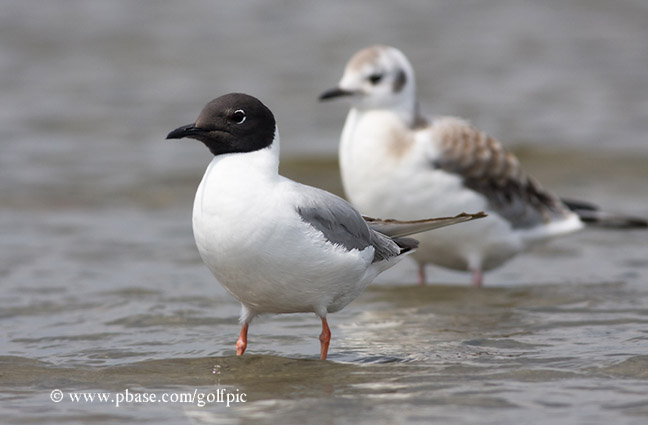
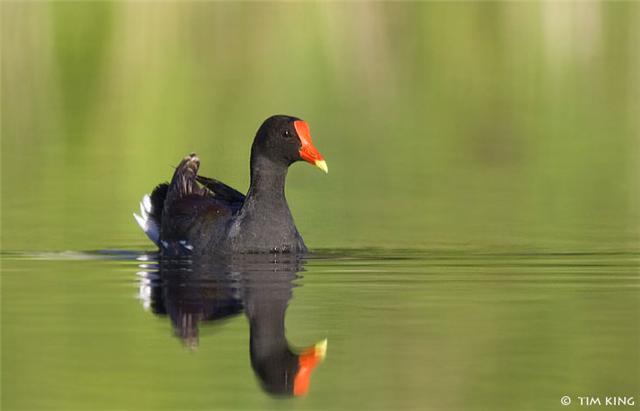
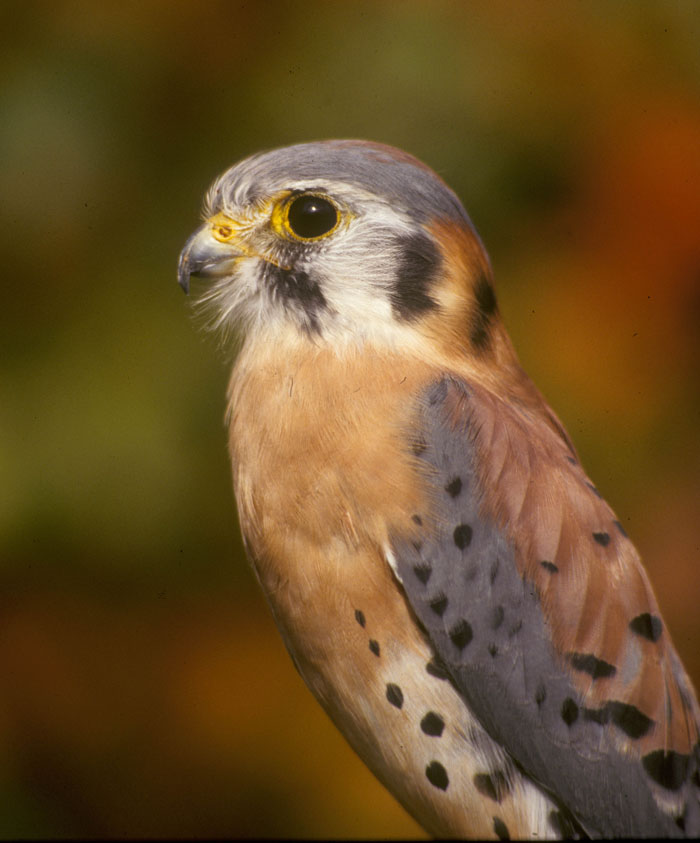
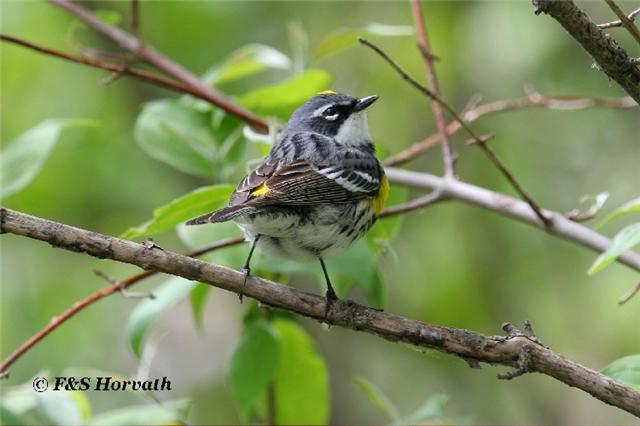
.jpg)
